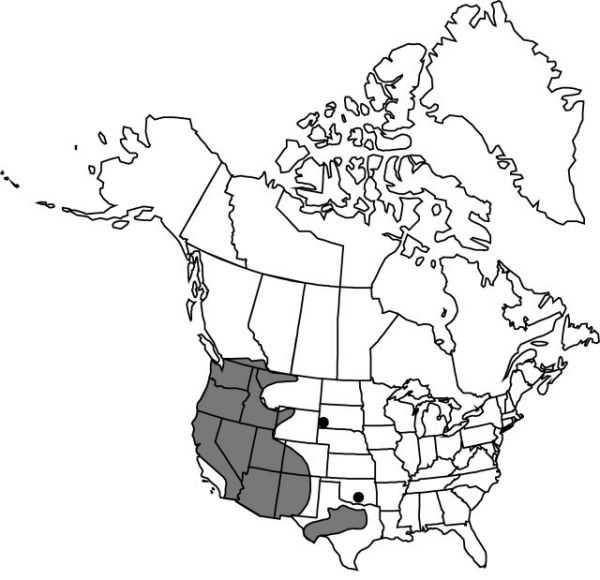Epipactis gigantea
Fl. Bor.-Amer. 2: 202, plate 202. 1839.
Plants to 1.4 m, essentially glabrous. Leaves 4–14, ovate, ovate-elliptic to narrowly lanceolate, 5–20 × 2–7 cm. Inflorescences lax racemes; floral bracts lanceolate to oblong, 7–127 mm. Flowers 2–32, rather showy; sepals greenish to rose-colored with rose-colored to purple veins; lateral sepals 16–24 × 8–9 mm, apex very oblique; petals pale-pink to rose-colored to orange with red or purple veins, broadly ovate to ovatelanceolate, 13–17 × 6–8 mm; lip marked with red or purple, strongly veined, distinctly 3-lobed, constricted at middle into 2 parts, proximal part papillose, calli red, minute, warty, lateral lobes prominent subtriangular wings, distal part linear-oblanceolate to narrowly spatulate-oblanceolate, grooved to tip, 14–20 mm, calli near base, erect, orange or yellow, winglike; column erect, short, stout, with pair of lateral processes, 5–10 × 3 mm; anther green; pollinia 2 pairs, yellow, soft. Capsules ellipsoid, glabrate or sparsely pubescent, 20–25 mm. 2n = 40.
Phenology: Flowering throughout summer (Mar–Aug).
Habitat: Wet gravelly and sandy stream shores and bars, may occur in riparian willow, box elder, and river birch woodlands or in chaparral, seepages, marshes, wet cliffs, hot springs
Elevation: 0–3000 m
Distribution

B.C., Ariz., Calif., Colo., Idaho, Mont., Nev., N.Mex., Okla., Oreg., S.Dak., Tex., Utah, Wash., Wyo., Mexico, Asia (China), Asia (India), Asia (s Japan), Asia (Tibet)
Discussion
Two very distinct color forms of this species have been published: Epipactis gigantea forma rubrifolia P. M. Brown, with deep red stems and leaves, and E. gigantea forma citrina P. M. Brown, with lemon-yellow flowers. Both are known from California.
The occurrence of this wide-ranging species in India and Tibet is based on Epipactis royaleana Lindley ex Royle being given as a synonym in a study of the Monocotyledoneae of Karakorum (W. B. Dickoré 1995) and an embryologic study (S. P. Vij et al. 1999).
Selected References
None.